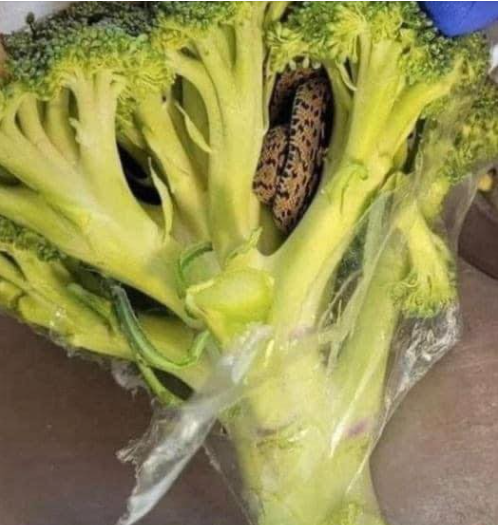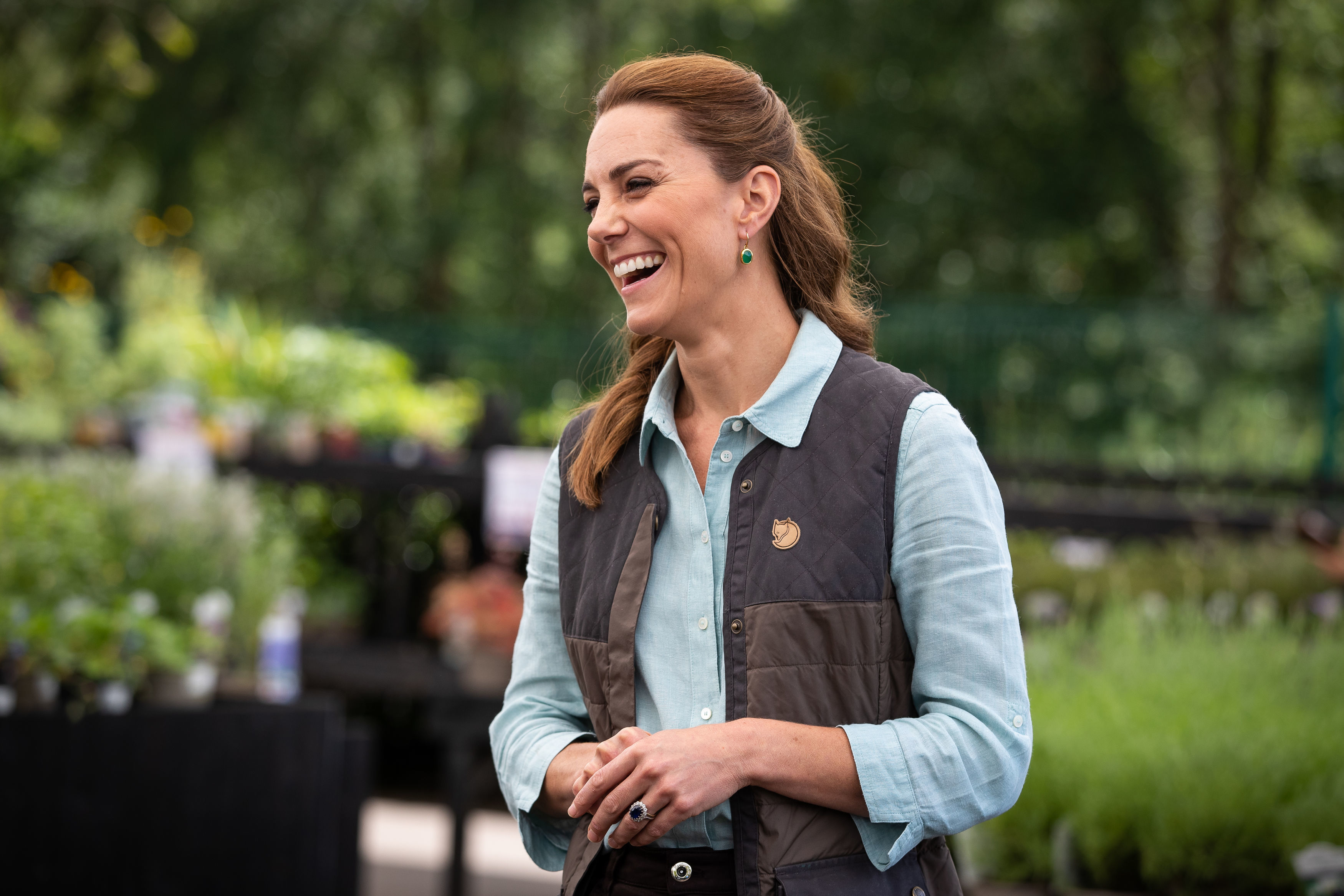A man visited a supermarket to buy groceries and unexpectedly ended up bringing home a snake. He only realized this when the snake started getting comfortable with his food. Neville Linton, a 63-year-old man, purchased a bag of broccoli from an Aldi store in Stourbridge, England. He stored it in his refrigerator and discovered the snake when he took it out to cook a meal three days later.
However, as soon as he removed the wrapping from the broccoli, the man was surprised to find an unexpected visitor. Keep reading to find out what happened and don’t forget to check out our conversation with Dr. Steven J R Allain, also known as The pop-punk Herpetologist.
A snake from southwestern Europe was discovered in a broccoli field and later transported to a supermarket in Britain.

Neville Linton, 63, unknowingly grabbed it along with a bag of vegetables and brought the reptile back home.

Neville, who works in industrial cleaning, couldn’t believe his eyes.
“It was pretty frightening. I’m not good with snakes,” he said. “It’s lucky I didn’t just leave the broccoli out in the kitchen, or it would have been loose in the house.”
“That would have been a huge risk for us because we have two vulnerable people living here.”
After discovering the creature was not a caterpillar, he contacted his sister Ann-Marie Tenkanemin for assistance. She correctly identified it as a snake. They placed it in a container and returned to the Aldi store on Dudley Road where Neville bought it.
“I thought she was joking at first, but I backed off when I saw it start moving. The guy in the shop was pretty frightened too,” he said.
The snake was brought to a nearby zoo where experts identified it as a juvenile ladder snake.

Dr. Steven J R Allain, a herpetologist, has a suspicion that it could possibly be a viperine water snake.

Allain mentioned that after looking at the photo of the snake in the broccoli, he doubts the zoo correctly identified the species. He believes it is actually a viperine water snake, a harmless species that eats fish and is commonly found in southwestern Europe and northern Africa.
Allain graduated in zoology from Anglia Ruskin University, completed his Master’s at Imperial College London, and is now pursuing a Ph.D. at the University of Kent. His research focuses on barred grass snake population ecology and the impact of ophidiomycosis, as well as amphibian disease and population ecology.
Given that a significant amount of food produced and brought into the United Kingdom originates from the Mediterranean region, it is not unexpected to discover a species from that area appearing in certain vegetables that are likely grown there. In my view, it is probable that the snake was moving across the field when it was accidentally picked up by agricultural machinery and subsequently sought shelter within the broccoli.

The journey to the UK and then to Neville’s house took a while, but Allain mentioned that these snakes can go without food for a few months. The cold temperature of the fridge would have slowed down its metabolism, lowering the snake’s energy needs.
“However, I can’t imagine it would have been comfortable,” he added. “Especially the rapid transition from the warm Mediterranean climate to a chiller, in order to keep the broccoli fresh.”
“Viperine water snakes are dangerous only if you’re a fish (or a frog). They do not bite humans as a defense mechanism (they’d much rather play dead), and they are regarded as non-venomous to humans.”
“I know this must have been a distressing time for Neville (especially for someone with a fear of snakes), but his reaction could have been more positive through more widespread education and understanding of snakes, and how to deal with situations like this,” Allain said. “It isn’t the snake’s fault that it ended up in the wrong place at the wrong time, but hopefully its new home at Dudley Zoo can help with breaking down these fears of snakes.”

Neville is trying to get compensated for having to go through all of this

Neville was given compensation but wants to negotiate for a higher amount. He believes the initial offer wasn’t fair considering the safety of his disabled son and vulnerable mother-in-law, who both live with him.
“It’s just not good enough,” he added. “The implications for us if it had got out in the house are huge. Plus, I’m phobic of snakes so there’s the emotional impact of that too.”
An Aldi spokesperson reported: “Our supplier has never had a complaint of this nature and has robust processes in place to prevent such issues occurring.”
“We are investigating this isolated incident and have apologized to Mr. Linton that our usual high standards were not met.”







































































